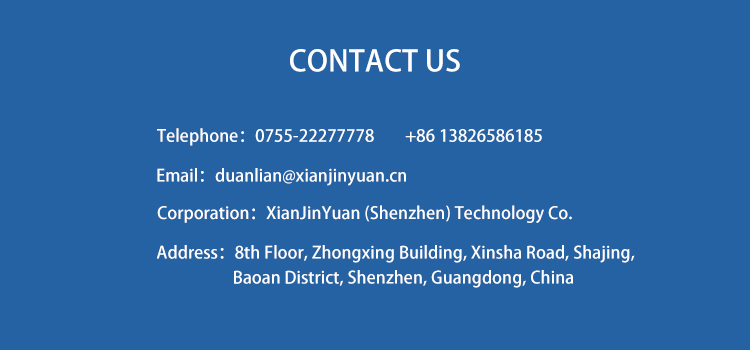

Hotline:0755-22277778
Tel:0755-22277778
Mobile:13826586185(Mr.Duan)
Fax:0755-22277776
E-mail:duanlian@xianjinyuan.cn
The isolation of electromagnetic waves is mainly achieved throughAbsorberTo achieve. Scenario A and Scenario B are conventional modes of electromagnetic wave isolation, and electromagnetic interference generated by conventional mobile phone screens, digital camera circuit boards, etc. belong to this type. They can mainly meet application requirements through conductive materials (copper foil, aluminum foil, conductive polymers, graphene, etc.) and high magnetic conductivity materials (FeSiAl, silicon steel, etc.).
Scenario C is a complex mode of electromagnetic wave isolation, and most of the commonly used absorbing materials in this type of scenario are composite materials, such as carbonyl iron, carbon materials, ferrites, polymers, etc. Composite materials can be used as absorbing materials in scenario C to meet the application needs of various specific scenarios.
In practical applications, absorbing materials must possess four major characteristics: small (thin) material (coating) thickness, low (light) density, large (wide) absorption frequency band, and high (strong) absorption intensity. Among them, how to broaden the absorption frequency band of absorbing materials is currently a hot topic of concern for absorbing materials. The commonly used electromagnetic wave frequency bands range from meter waves (~MHz) to millimeter waves (~GHz), and then to terahertz electromagnetic waves (~THz), all of which have wide applications.

Currently, advanced communication technologies represented by 5G communication technology have expanded the communication frequency band from 700 MHz to 6GHz and even to millimeter waves. On the one hand, the increase in operating frequency compresses communication base stations to the size of a suitcase, enhancing interference between electromagnetic signals; On the other hand, signal receivers such as mobile phones need to add new antennas, further reducing the design space of the receiver and enhancing the interference between electromagnetic signals. The emergence of these practical applications not only requires thinner absorbing materials, but also requires absorbing materials to have a wider absorption frequency band.
In order to meet the needs of absorbing electromagnetic waves in multiple frequency bands as much as possible,Broadband absorbing materialBecoming a preferred option. However, this is not an easy task.

Advanced Institute (Shenzhen) Technology Co., Ltd, © two thousand and twenty-onewww.avanzado.cn. All rights reservedGuangdong ICP No. 2021051947-1 © two thousand and twenty-onewww.xianjinyuan.cn. All rights reservedGuangdong ICP No. 2021051947-2